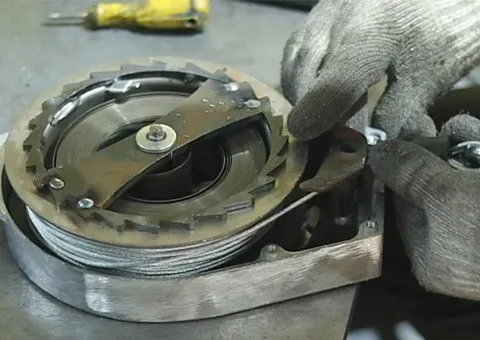moving heavy equipment with rollers
Moving Heavy Equipment with Rollers A Comprehensive Guide
Moving heavy equipment can often seem like a daunting task, but with the right tools and techniques, it can be accomplished efficiently and safely. One of the most effective methods for relocating heavy machinery is using rollers. This article will explore the benefits of using rollers to move heavy equipment, the steps involved in the process, and essential safety precautions.
Benefits of Using Rollers
Rollers are cylindrical devices that, when placed under heavy equipment, allow for easier movement across surfaces. The primary advantages of using rollers for moving heavy equipment include
1. Reduced Friction Rollers significantly decrease the friction between the equipment and the ground, allowing for smoother and easier movement. This is particularly useful on uneven or rugged terrain where dragging equipment could cause damage.
2. Improved Safety By distributing the weight of the equipment across multiple rollers, the risk of damaging the machine or the ground surface is minimized. Additionally, it reduces the physical strain on workers, allowing for safer handling.
3. Versatility Rollers can be used in various environments, from construction sites to warehouses, making them a versatile option for moving a wide range of heavy machinery.
4. Cost-Effectiveness Utilizing rollers can be more cost-effective than hiring cranes or other more complex moving equipment, especially for shorter distances.
Steps to Move Heavy Equipment with Rollers
Moving heavy machinery with rollers can be broken down into several key steps
1. Preparing the Site Before moving any equipment, it's essential to ensure the area is clear of obstacles and has a stable surface. If moving across rough terrain, consider leveling the ground as much as possible.
moving heavy equipment with rollers

2. Selecting the Right Rollers Choose rollers that are appropriately sized for the equipment you're moving. The load capacity of the rollers should exceed the weight of the equipment to ensure safety.
3. Positioning the Rollers Carefully lift the heavy equipment, either using jacks or lifting devices, and position the rollers under the machinery. Ensure the rollers are evenly spaced to distribute the weight effectively.
4. Moving the Equipment Once the rollers are securely in place, slowly push or pull the equipment in the desired direction. It's crucial to communicate with your team during this process to avoid any sudden movements that could lead to accidents.
5. Securing the Equipment After relocating the equipment, make sure to place it on a stable surface and remove the rollers. Use appropriate blocking or supports to secure the machine in its new position.
Safety Precautions
While moving heavy equipment with rollers can be effective, safety should always be a top priority. Here are some essential safety measures
- Training Ensure that all personnel involved in the process are trained and familiar with the equipment, including the proper use of rollers.
- Personal Protective Equipment (PPE) Workers should wear the necessary PPE, such as helmets, gloves, and steel-toed boots, to protect against potential hazards.
- Communication Maintain clear communication among team members during the moving process to mitigate risks and ensure everyone is aware of their roles.
- Regular Inspections Before and after use, inspect the rollers for any signs of wear or damage that could lead to failure.
In conclusion, moving heavy equipment with rollers is an efficient and cost-effective method that can enhance safety and streamline operations. By following the outlined steps and adhering to safety precautions, companies can make the relocation process smoother and more effective, minimizing downtime and maximizing productivity.
-
Dawei Hand Pallet Truck 1200mm, 2000–5000 KGS Heavy-DutyNewsNov.17,2025
-
Dawei Hand Pallet Truck, Fork Length 1200mm, 2000–5000kgNewsNov.17,2025
-
Large Equipment Movers – Safe, Insured & On-Time ServiceNewsNov.17,2025
-
Machine Moving Dollies | Heavy-Duty, Low-Profile, SafeNewsNov.17,2025
-
Permanent Lifting Magnet - Heavy-Duty, Safe, Quick ReleaseNewsNov.11,2025
-
PML 1000 Lifting Magnet - Heavy-Duty, Safe, No PowerNewsNov.11,2025
-
Large Equipment Movers: Safe, Fast, Certified ProsNewsNov.11,2025
